One afternoon in the mountainous town of Pleiku ( Gia Lai province) immersed in heavy rain, I went to a small room on the third floor of the Le Loi apartment building. I had known Mrs. Ho Thi Khai at the Gia Lai School of Culture and Arts, but I had no idea that she was the life partner of musician Nhat Lai. That's why this sudden conversation happened...
“I am a Van Kieu ethnic” - Mrs. Khai smiled subtly - “My original name is Kha - Y but it sounds difficult to pronounce it separately, my friends read it together, so the name became Khai”. Thanks to a very special fate, Mrs. Khai became the wife of musician Nhat Lai - who is more than 20 years older than her…
Becoming Nhat Lai's life partner, Mrs. Khai understood more thoroughly the musician's life... Nhat Lai's real name is Nguyen Tuan. His hometown is Tuy An (formerly Phu Yen province). His family is well-off, his father is a herbalist, his mother is a merchant. He has 6 siblings. Neither of his parents pursued literary arts but gave birth to two talents, Nhat Lai and Nguyen My - author of the famous poem "Cuoc chia ly mau do".
Nhat Lai joined the revolution very early. At the age of 13, he left his family and went to work in Krong Pa (Gia Lai). He integrated himself into the lives of his fellow countrymen like a native. He spoke fluent J'rai and Ede languages. His genuine involvement helped him gain a deep understanding of the culture, especially the folk music of the Central Highlands... In 1954, Nhat Lai gathered in the North and was assigned the position of Deputy Head of the Central Highlands Performing Arts Troupe at the age of 18. His musical talent began to blossom and from then until the end of his life, his creativity was always burning like a torch...
|
Musician Nhat Lai (left) and musician Lu Nhat Vu in 1976. Photo archive |
Until now, Mrs. Khai cannot know exactly how many works Nhat Lai has written. He composed all genres. Compositions for dance include: "Rong gong", "Go hunting", "Phien cho Cham Pa", "Tieng drum Cham H'roi"... Compositions for opera and musical scene include: "Mo nong Tipri", "Ama Trang Long", "Thu lua"... Compositions for instrumental music include: "Suoi dan T'rung", "Vu khuc Tay Nguyen", "Xiaom dat lua"... Musicals include "Ben bo Krong Pa"... Then dozens of songs composed for vocal music include: "Doi cho", "Canh chim lac dan", "Ha Tay que lua", "Mat troi Ede"... In addition, he also collected and edited dozens of folk songs of J'rai, Bahna, Ede, H're; composing music for movies... These are just examples of published works, but there are many works that have not been published or staged yet.
After Nhat Lai passed away, his manuscripts were packed into two suitcases and three sacks by Mrs. Khai. Such a large amount of compositions is enough to speak of the musician's talent and profound knowledge of folk culture. What makes us more surprised is that Nhat Lai did not go to any formal music conservatory. From his first teacher, musician Van Dong, he made an effort to learn on his own...
In 1982, Nhat Lai and musician Hoang Van were selected to attend a composition camp held in Ivanova (former Soviet Union). Participating in the camp were many representatives of musical powers such as Poland, Germany, England, Italy with many world-class names. The topic "Folk songs of the Central Highlands ethnic groups" interpreted by musician Hoang Van and illustrated by Nhat Lai lasted nearly 3 hours (the regulation is only 40 minutes) and made a strong impression. Before Nhat Lai, not only the Western music world but also the Northern public did not know much about Central Highlands music. Realizing the difference that did not exist in Chinese, Korean, or Indonesian music, a professor admiringly asked Nhat Lai: "You must have graduated from a school in the West?", Nhat Lai laughed: "Yes, I graduated from the West but from... the Central Highlands!".
Nhat Lai suffered from high blood pressure and kidney disease. It seemed that God did not want him to live long, so he always worked hurriedly. While lining up to buy rice, he also hummed a melody that made many people think "this man must be mentally ill". However, the couple was still very poor. The communal room with earthen walls and a thatched roof, whenever there was a heavy rain, water would flood in. His "composing room" was a renovated bathroom, with a piano... However, Nhat Lai did not care much about material things. He wrote music for art troupes, they paid whatever they wanted, or not. Every time he returned from a trip to the "West", the gift for his wife and children was just a simple set of clothes. His biggest royalty was probably a set of ordinary wooden tables and chairs given by the Ha Tay Provincial Committee (old) for the song "Ha Tay Que Lua". He composed this song in just one night. With the wonderful voice of artist Quoc Huong, "Ha Tay Que Lua" quickly became popular with the public.
At the end of 1986, Nhat Lai and musician Nguyen Van Thuong were invited to participate in the Socialist Music Festival held in Riga (Latvia). The work he brought with him was the symphony "Giọt Tears". This work Nhat Lai wrote for a domestic orchestra. When he went to Riga, his friends asked him to expand it to fit the scale of a large symphony orchestra. The winter in Riga was very cold, he had to work hard, so that it had to be finished within a week. "Giọt Tears" was like a premonition. On the day of the performance, Nhat Lai was in tears, he did not expect that he could write so well... At noon on Saturday, he returned home. At 4 o'clock that afternoon, the musician had a pain attack but still refused to go to the hospital. It was not until the next day that he was taken to the Viet-Xo hospital for emergency treatment, but it was too late...
“You wrote the song for Mr. Lai, I have nothing, please have a glass of wine” - Mrs. Khai said. Sipping the glass of white wine she gave me, I quietly looked up at the altar. After the incense smoke, I felt the musician’s face in the memorial photo still had a hint of sadness. If his artistic career had been a little longer, this land of the Central Highlands would have had so many more works to last...
Source: https://baodaklak.vn/van-hoa-du-lich-van-hoc-nghe-thuat/202511/nhat-lai-nguoi-dua-am-nhac-tay-nguyen-ra-troi-tay-0d80f59/





![[Photo] Prime Minister Pham Minh Chinh meets with representatives of outstanding teachers](https://vphoto.vietnam.vn/thumb/1200x675/vietnam/resource/IMAGE/2025/11/15/1763215934276_dsc-0578-jpg.webp)
![[Photo] General Secretary To Lam receives Vice President of Luxshare-ICT Group (China)](https://vphoto.vietnam.vn/thumb/1200x675/vietnam/resource/IMAGE/2025/11/15/1763211137119_a1-bnd-7809-8939-jpg.webp)

![[Photo] Panorama of the 2025 Community Action Awards Final Round](https://vphoto.vietnam.vn/thumb/1200x675/vietnam/resource/IMAGE/2025/11/15/1763206932975_chi-7868-jpg.webp)




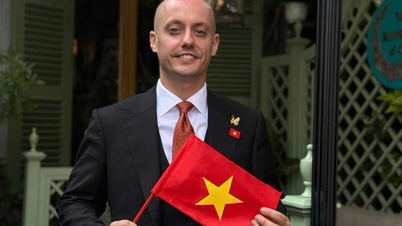










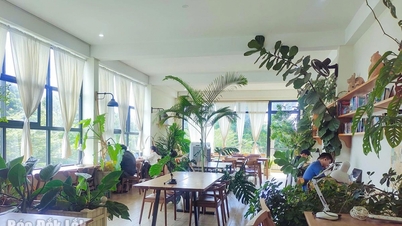
















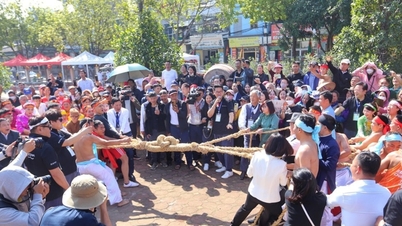










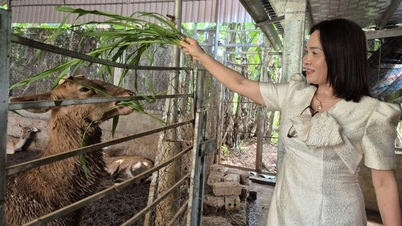




































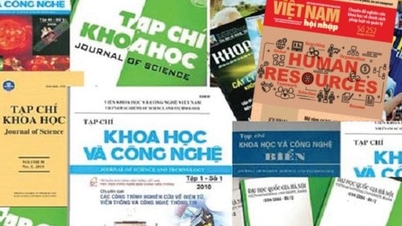























Comment (0)